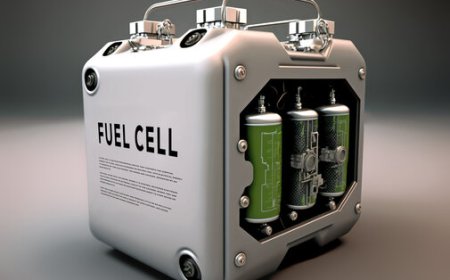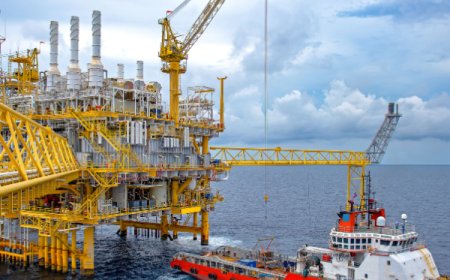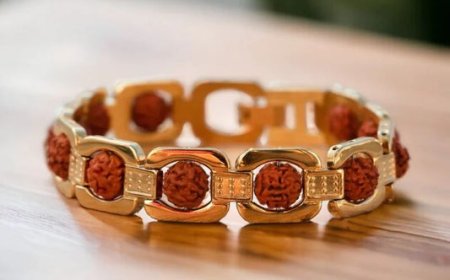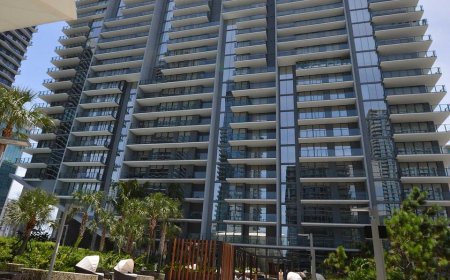Rust Cleaning Laser: A Deep Dive Into Surface Restoration Without Surface Damage
In industries where metal components are essential, rust is an ever-present challenge. Whether it’s a factory machine that’s sat idle for too long, a ship’s hull that’s been exposed to salty air, or a valuable antique tool that’s begun to corrode, removing rust without compromising the metal beneath has always been a challenge. Traditional techniques, such as sandblasting, chemical treatment, and abrasive scrubbing, often come with downsides. But there's a game-changing technology making waves: the rust cleaning laser.

This technology is not only effective but also surgically precise. But how does it really work, and can it truly restore decades-old metal without damaging its surface or structure? Lets explore the technology, application, and performance of this innovation through a detailed and focused lens.
Understanding Rust and Its Impact
Rust, or iron oxide, forms when iron or steel reacts with oxygen and moisture. This oxidation process gradually eats away at metal, weakening its structure, reducing its lifespan, and often rendering equipment unsafe or unusable. Rust doesn't just appear on the surfaceit can penetrate deeper into the material, especially if left untreated.
Industries such as automotive restoration, aerospace maintenance, military equipment repair, and historical artifact preservation are all sectors that require safe and precise rust removal techniques. This is where the rust cleaning laser steps into the spotlight.
How a Rust Cleaning Laser Works Without Touching the Metal
The brilliance of a rust cleaning laser lies in its use of focused light. Unlike physical or chemical removal methods, laser cleaning relies on intense beams of light to vaporize rust and other contaminants from the surface of metals.
The laser beam is absorbed by the rust, which heats up and evaporates in a process called ablation. Crucially, the laser's wavelength, pulse duration, and energy density are tuned in a way that rust absorbs the energy while the underlying metal reflects it. That means while the rust is efficiently removed, the base metal remains largely unaffected.
This distinction in absorption rates is what makes rust cleaning laser technology so valuable. With the right parameters, theres little to no thermal or physical stress on the original metal.
Applications That Demand Precision
Lets consider various industries where this precision matters the most.
1. Automotive and Classic Car Restoration
Vintage cars suffer from corrosion over time, especially in climates with high humidity or road salt. Traditional rust removal methods can strip away too much material or damage the contours and details of rare vehicle components. Laser rust removal offers restoration teams a chance to preserve originality while making surfaces ready for repainting or treatment.
2. Aerospace and Aviation
Airplane componentsespecially those used in outdoor settings or in naval aviationare constantly exposed to the elements. Laser cleaning ensures sensitive materials and critical parts like turbine blades or gear components are cleaned without introducing micro-cracks or altering tolerances.
3. Military and Defense Equipment
For equipment like tanks, firearms, or naval vessels, regular maintenance is critical. The rust cleaning laser ensures efficient, mobile, and minimal-downtime cleaning even in remote field conditions.
4. Cultural Heritage and Archaeology
When cleaning metallic artifacts from archaeological sites or historical museums, abrasive methods risk irreversible damage. A laser allows for slow, layer-by-layer cleaning that preserves fine details and surface textures that are hundreds or even thousands of years old.
Material Compatibility and Surface Integrity
One of the common concerns with any rust removal method is the potential degradation of the original surface. Over-cleaning can make the metal more porous, uneven, or structurally weaker.
With a rust cleaning laser, the cleaning can be adjusted per the requirement. Lower power settings, for example, are suitable for delicate surfaces like engraved metal plates or thin-walled parts. Higher settings, on the other hand, are effective for thick, industrial-scale machinery or ship hulls.
Technicians can visually inspect and guide the cleaning process in real-time, ensuring only rust is removed while the surface underneath remains untouched. This is a level of control traditional methods simply cant offer.
Environmental and Operational Efficiency
The process of using a rust cleaning laser is not only effective but also clean. There's no abrasive media to dispose of, no chemical waste, and often no need for containment zones like in sandblasting. The vaporized rust can be safely extracted using filtration systems.
Moreover, since lasers are contactless, theres minimal wear and tear on the machinery itself, and theres no need to shut down operations for extensive periods. This enhances productivity, particularly in industrial environments where time is critical.
Long-Term Reliability and Maintenance Implications
Rust removal isnt a one-time need for most industries. Equipment, machinery, and structures will always be exposed to environmental degradation. The advantage of a rust cleaning laser is its reusability. One machine can serve various departments, be moved from site to site, and offer consistent performance with minimal recalibration.
This means a reduced need for outsourcing cleaning jobs, faster response times when rust is detected, and extended lifespans for valuable machinery and infrastructure.
Common Misconceptions and Clarifications
Despite its increasing popularity, some still hesitate to adopt laser rust cleaning due to myths:
-
It burns the surface underneath.
Laser cleaning works at frequencies that are absorbed differently by rust and base metal. The underlying metal remains safe with proper settings. -
Its too slow for industrial use.
High-powered laser systems can clean large areas rapidly. The misconception often arises from observing low-powered models designed for detail work. -
Its only for delicate work.
The same technology used to clean fragile antique jewelry can also be used on rusted ship decks. The scalability of laser systems is one of their strongest advantages.
Operator Training and Ease of Use
Despite the advanced technology behind it, modern rust cleaning laser systems are built with user-friendliness in mind. Many come with touch-screen interfaces, pre-set cleaning modes, and real-time monitoring. This ensures that operators with basic technical knowledge can manage the process efficiently.
Regular training and familiarization sessions ensure safe operation, particularly regarding laser exposure, proper ventilation, and equipment handling.
Cost-Effectiveness and Investment Return
Though laser cleaning systems can appear expensive upfront, the cost needs to be considered over the long-term. Eliminating the need for consumables (like abrasives), reducing operator hours, minimizing waste disposal, and extending the life of high-value components all contribute to significant savings.
For many organizations, the ROI becomes visible within months, especially when they compare it to recurring outsourcing or material loss from traditional methods.
Final Thoughts
The rise of the rust cleaning laser represents a pivotal shift in how industries handle metal preservation and maintenance. Its not just about removing rustits about doing so with surgical precision, protecting the integrity of valuable materials, and maintaining operational efficiency.
As sectors become more demanding in terms of cleanliness, accuracy, and sustainability, the rust cleaning laser stands out as a tool not just for today, but for the future of surface treatment. Whether it's restoring a piece of industrial history or maintaining critical infrastructure, this technology offers a dependable, precise, and scalable solution.
By understanding the science, mastering the process, and trusting in the proven performance of laser systems, industries can confidently say goodbye to rustwithout ever harming the metal beneath.































